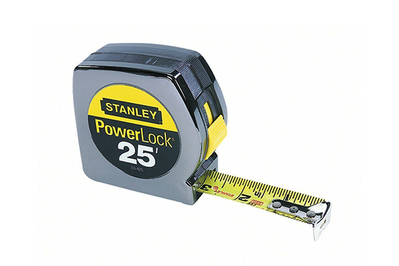No matter how good your blackout curtains are at blocking light, they’ll be hopeless if they don’t cover your window properly. And in fact, you may need bigger curtains than you think.
Step one to success is to measure your windows. Even though I tend towards impatience, I’ve come to accept that measuring properly the first time is actually the quickest way to get a task done. It’s especially important to know the exact measurements of your windows before you place a potentially pricey or custom order. So measure, and measure again just to be sure.
Top pick
Next, you need to decide where you want your curtains mounted in relation to the windows, which will dictate how tall and wide the panels need to be.
Some of this is up to your personal taste. Interior designers have long sworn by mounting curtains taller and wider than the window itself to draw the eye upward and create the illusion of larger windows. And indeed, no matter the type of curtains, interior designer Bobby Berk always advises hanging curtains “at ceiling height to make a window feel larger and your ceilings taller,” as he told me in an email. For length, he said, “You want the curtains to just ‘kiss’ the floor, not puddle on the ground or hover a few inches above, for a neat and tailored look.”
But beyond this general advice, blackout curtains require special considerations to prevent light from seeping in around the edges. Berek Awend, CEO of American Drapery Systems and Blackoutcurtains.com calls this “the dreaded halo effect.”

To avoid light seepage, your curtain dimensions should allow for the panels to extend beyond the limits of the window. Awend recommends mounting blackout curtains at least 12 to 14 inches past the window frame on all sides.
You should also build in additional slack when the curtains are drawn closed. Measure an additional 15% extra fabric for the width of each curtain panel (or 30% more than the width of the rod or track you’ll be hanging the panels from). This prevents light from filtering in through gaps between closed panels, and it looks nicer, too.
In fact, the more width you have to work with, the better, Awend says, so if you’re wondering if you should spring for those few extra inches of width or an additional curtain panel, go for it. Plus, with wider panels, you’ll have more room to gather, pleat, or swag each curtain when not fully opened, for added aesthetic appeal.





